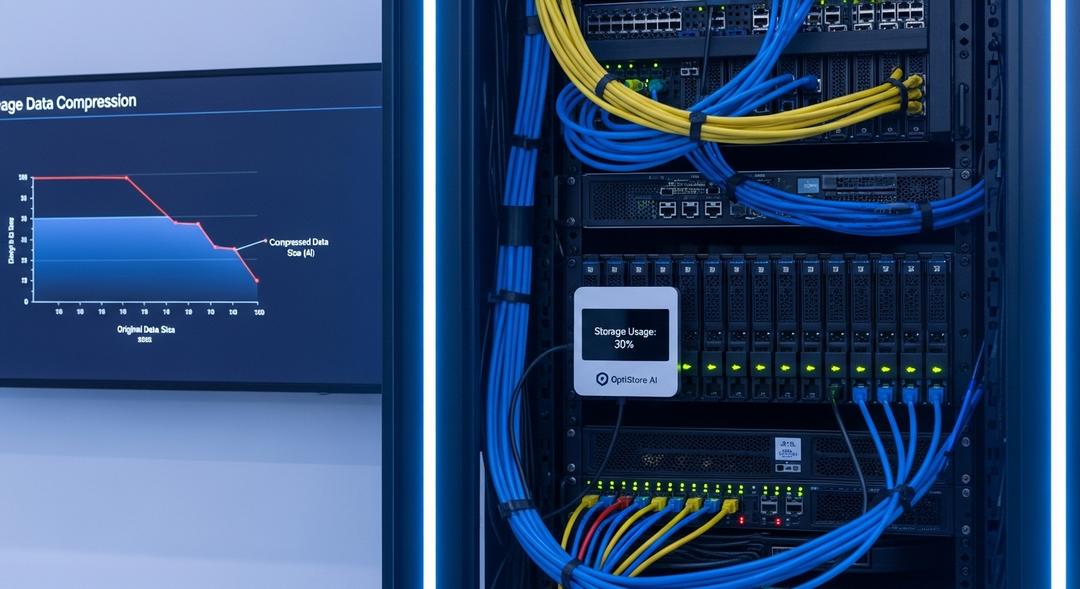E-commerce automation tools are transforming the way online retailers run their businesses, making it easier than ever to offer tailored and effortless shopping journeys. These innovative solutions simplify everything from sales analytics to customer interaction, boosting overall efficiency and increasing store revenue.
Modern e-commerce companies depend on the right technology to excel in today’s fast-changing market. Using the newest digital solutions allows teams to streamline processes, respond quickly to customer demands, and get ahead of competitors.
What are the benefits of using E-commerce Automation Tools
E-commerce sites can achieve significant advantages by adopting specialized solutions for automation, analytics, and service. The main benefits include:
- Better customer satisfaction by offering personalized recommendations and targeted content.
- Streamlined daily operations with automation, which leads to fewer mistakes and saves time.
- Up-to-date analytics that shape smarter business strategies and effective marketing plans.
1. Adobe Sensei
Features
- Customizes user journeys with instant targeting and suggestions.
- Handles asset management efficiently by automating image and video tags.
- Enhances content discovery and advanced product search features.
- Delivers data-powered forecasts for shopping habits and market trends.
Pros
- Integrates well with Adobe’s suite of e-commerce and marketing platforms.
- Reduces manual tasks for creative and strategy teams.
- Advanced analytical capabilities to provide deep insights for enterprises.
- Boosts engagement by consistently delivering personalization.
Cons
- Start-up and integration may be challenging for smaller shops.
- Features may require a learning period for new users.
- Pricing tends to suit mid-sized and large businesses.
Pricing: Adobe Sensei access depends on your Adobe platform plan, with pricing tailored to business needs and subscriptions.
2. Plerdy
Features
- Heatmaps and activity recordings help track exactly how visitors interact with your website.
- SEO auditing tools to boost search placement and site content quality.
- Sales funnel analytics for effective conversion optimization.
- Pop-up and form builders, enabling easier lead generation without the need to code.
Pros
- Simple dashboard makes analytics accessible for all user levels.
- Unites key analytics tools in one place for clear, actionable insights.
- Quick modifications can help increase conversions fast.
Cons
- Tracking technology may cause minor slowing of web pages.
- More complex reporting is limited to premium accounts.
- The platform may feel overwhelming at first for complete beginners.
Pricing: Plerdy offers a free version with essential features, and paid plans scale based on traffic and analytics depth.
3. Instant
Features
- Speeds up store setup by automating theme and content development.
- Extensive template library for quick launches of online shops.
- Works smoothly with major shopping carts and payment tools.
- Adapts store layouts to fit desktop, tablet, and mobile users.
Pros
- Accelerates the time it takes start selling online.
- Zero coding required for setup or future tweaks.
- Clean templates help maintain a strong brand image and usability.
- Affordable plans designed for new and growing stores.
Cons
- Customization may be more limited than traditional development approaches.
- Some high-level features may only be available in advanced plans.
Pricing: Instant has straightforward monthly plans with a complimentary starter level, plus premium options for expanded features.
4. ViSenze
Features
- Lets customers search using images to find items visually.
- Tags products and provides recommendations that match images.
- Instant product recognition helps with catalog management and accuracy.
- Works across sites and mobile apps for consistent search experiences.
Pros
- Empowers shoppers to find products fast without traditional text search.
- Handles large inventories efficiently due to powerful processing.
- Recommends products accurately, helping to lift conversion rates.
- Easy to combine with major e-commerce components.
Cons
- Works best when product images are high quality and clear.
- Not ideal for stores with limited visuals or single-product ranges.
- Custom configurations might take time to set up fully.
Pricing: ViSenze offers quotes based on catalog demands and business goals, with pricing tailored for scalability.
5. Shopify Magic
Features
- Brings advanced recommendations directly to Shopify dashboards.
- Automatically generates product descriptions to save time.
- Responsive live chat for smooth and speedy service.
- Shows analytics to help stores increase revenue and customer satisfaction.
Pros
- Built in for those who use the Shopify platform, no plugins necessary.
- Automates repetitive tasks so merchants can focus on growth.
- Encourages shoppers to buy and engage more frequently.
- No external software required, keeping things simple.
Cons
- Features available only to Shopify store users.
- Level of feature customization may be restricted depending on your business structure.
Pricing: Shopify Magic features are included with almost all site plans so you gain these tools at no extra charge.
6. Chatfuel
Features
- Creates chatbots for instant support on Messenger and Instagram.
- Captures leads and prequalifies customers with quizzes.
- Allows purchases through chat by connecting to payment providers.
- Supports multiple languages for shops serving an international client base.
Pros
- Fast bot setup with easy-to-use workflows and templates.
- Accelerates support response for customers contacting you any time of day.
- Raises social engagement and can prompt sales directly from messaging apps.
- Adjusts to fit the needs of shops large and small.
Cons
- Advanced options can take some time to master fully.
- Works only on approved messaging services.
- Complex connections may need extra coding help.
Pricing: Chatfuel has a free plan ideal for getting started and scalable paid plans for higher volume or advanced integrations.
7. Algolia
Features
- Powers advanced, flexible search on e-commerce channels.
- Offers instant autocomplete, correcting typos in user queries.
- Keeps product listings up to date with instant indexing.
- Handles growth, supporting massive catalogs and expanding businesses.
Pros
- Provides rapid, accurate product search experiences for shoppers.
- Adaptable to fit any niche or specialty store requirements.
- Supports searching in multiple languages as your customer base grows.
- Extensive, helpful documentation for implementation teams.
Cons
- Some technical skills are important for best results and ongoing use.
- As your shop grows, so can the costs, based on catalog scale.
- Initial setup might be complex if you are not familiar with search tools.
Pricing: Algolia features a complimentary option and clear pricing for larger usage, based on catalog size and search volume.
Conclusion
The evolving landscape of e-commerce automation tools helps store owners reach new heights by connecting with customers and optimizing every step of the shopping process.
These platforms not only streamline daily workloads but also generate actionable insights, automate routine tasks, and enable tailored experiences that strengthen loyalty and fuel growth.
Carefully selecting the right option for your goals, budget, and commerce platform is crucial for long-term success. When you implement the most suitable sales tools and e-commerce solutions, any business can stay flexible and thrive in an ever-evolving digital retail market.








